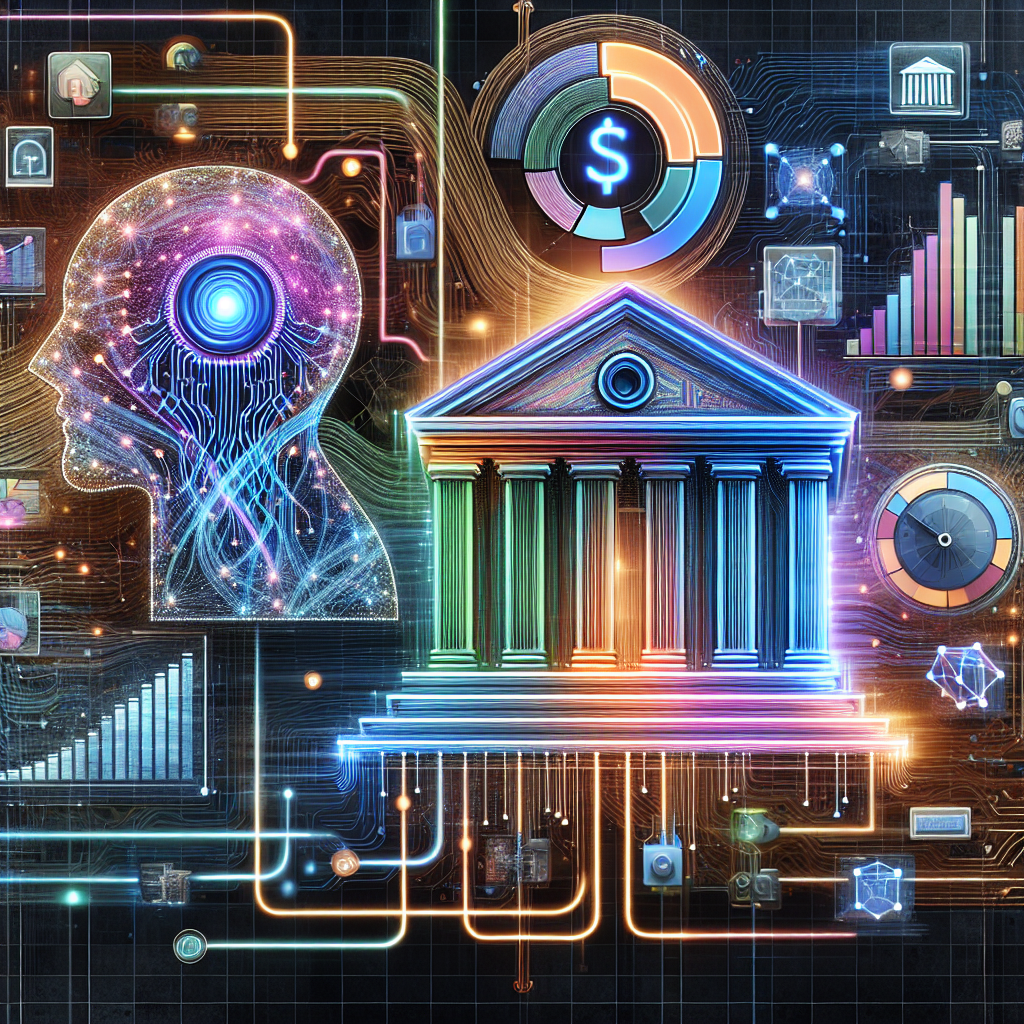The banking industry has undergone significant transformations in recent years, with the rise of artificial intelligence (AI) and big data analytics playing a key role in shaping the future of the sector. The integration of AI and big data analytics in banking has not only revolutionized customer experiences but has also enhanced operational efficiency, risk management, and decision-making processes.
AI and big data analytics have enabled banks to leverage vast amounts of data to gain valuable insights into customer behavior, preferences, and trends. By analyzing this data, banks can personalize their offerings, improve customer service, and create targeted marketing campaigns. This, in turn, helps banks to attract and retain customers in an increasingly competitive market.
One of the key benefits of AI and big data analytics in banking is the ability to detect and prevent fraud. By analyzing transaction data in real-time, banks can identify unusual patterns and flag potentially fraudulent activities. This proactive approach to fraud detection not only helps banks to protect their customers but also saves them significant amounts of money in the long run.
Moreover, AI and big data analytics have also revolutionized the lending process in banking. By analyzing a wide range of data points, including credit scores, income levels, and spending habits, banks can make more accurate lending decisions. This has enabled banks to offer personalized loan products to customers, leading to higher approval rates and lower default rates.
In addition to improving customer experiences and operational efficiency, AI and big data analytics have also transformed risk management in banking. By analyzing historical data and predicting future trends, banks can better assess and manage risks, such as credit risk, market risk, and operational risk. This has enabled banks to make more informed decisions and reduce the likelihood of financial losses.
Overall, the integration of AI and big data analytics in banking has led to a more efficient, customer-centric, and secure industry. As banks continue to invest in these technologies, we can expect to see further innovations that will drive the sector forward.
Frequently Asked Questions (FAQs):
1. How are banks using AI and big data analytics to personalize customer experiences?
Banks are using AI and big data analytics to analyze customer data and create personalized offerings, such as targeted marketing campaigns, customized loan products, and tailored investment advice. This personalized approach helps banks to attract and retain customers by offering products and services that meet their individual needs and preferences.
2. How do AI and big data analytics help banks detect and prevent fraud?
AI and big data analytics enable banks to analyze vast amounts of transaction data in real-time to identify unusual patterns and flag potentially fraudulent activities. By detecting fraud early, banks can protect their customers and save money by minimizing financial losses.
3. How have AI and big data analytics transformed the lending process in banking?
AI and big data analytics have revolutionized the lending process by enabling banks to make more accurate lending decisions based on a wide range of data points, such as credit scores, income levels, and spending habits. This has led to higher approval rates, lower default rates, and personalized loan products for customers.
4. How do AI and big data analytics improve risk management in banking?
AI and big data analytics help banks to assess and manage risks more effectively by analyzing historical data and predicting future trends. By using these technologies, banks can make more informed decisions and reduce the likelihood of financial losses due to credit risk, market risk, and operational risk.
5. What are some future trends in the integration of AI and big data analytics in banking?
Some future trends in the integration of AI and big data analytics in banking include the use of predictive analytics to forecast customer behavior, the adoption of machine learning algorithms for more accurate decision-making, and the implementation of chatbots and virtual assistants for enhanced customer service. As technology continues to evolve, we can expect to see further innovations that will drive the banking industry forward.

